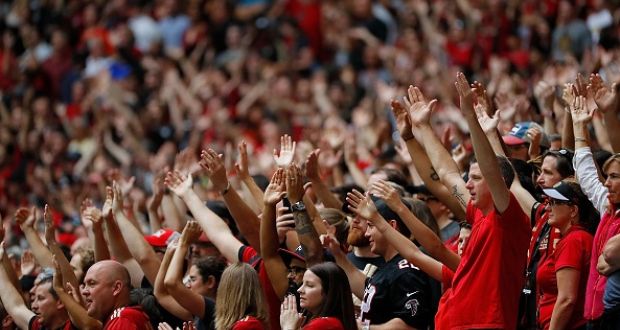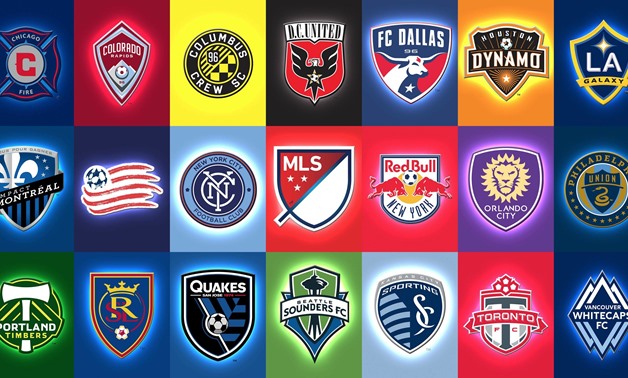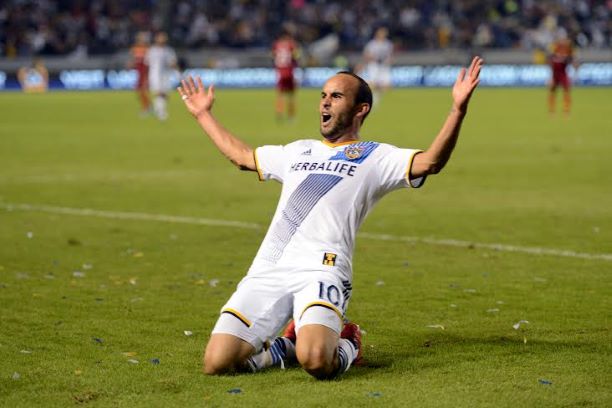The Pirlo, Mascherano and Makelele: An insight into the role of the Number 6
The Pirlo, Mascherano and Makelele: An insight into the role of the Number 6

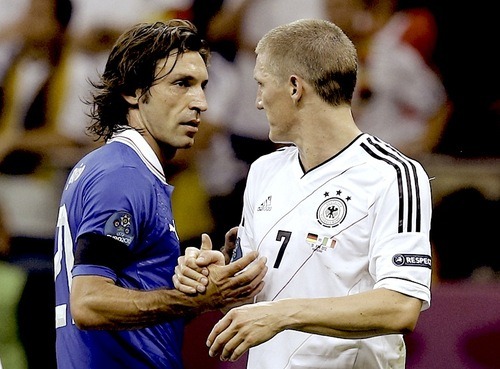
By Ogo Sylla
The holding midfielder, or defensive midfielder, or number 6 as we can also call it, is a thankless task that often gets overlooked in today’s football of marauding fullbacks, twinkle-toed playmakers and dead-eye strikers. However what is most underappreciated about the number 6 (as we will refer to it from henceforth) are its complexities that most fail to recognize. In fact, the failure to do so can be key to why some sides may struggle to find the right balance. Indeed, the defensive number 6 sits – on a tactical sense – at the heart of the game and at the center of the pitch where everything goes through him. It is for this reason that it is important to recognize the many intricacies of that position and its numerous roles in order to better appreciate it.
It is important difference – albeit just a seemingly semantic one – between a holding midfielder and defensive midfielder. But these are just types of the number 6, which can be broken down in three different roles: the destroyer, the deep-lying playmaker (regista), and the volante. The destroyer is exclusively a defensive midfielder, while the regista is a holding midfielder. The volante, however, has the particularity of belonging to both types of the number 6. Being such a special case, we will touch on the role of the volante last. The defensive midfielder type can perform the role of the destroyer or the volante as aforementioned. I differentiate the defensive midfielder to the holding midfielder only in terms of physical attributes and/or physicality they employ in their game. To put it more plainly, the defensive midfielder is the archetypical 6’2”, 190 lbs behemoth in the center of the pitch, such as Gilberto Silva. However, the defensive midfielder does not have to strictly follow that description either, he could be a smaller but particularly combative midfielder like Javier Mascherano or Edgar David. In effect, the terms ‘defensive midfielder’ and ‘destroyer’, along the lines of this definition, are very much interchangeable.
The destroyer is a plain defensive midfielder without any particular technical or passing ability to speak of. The destroyer’s main attributes would be speed, anticipation, and tackling ability. That being said anticipation would not be critical on that list as athleticism could help cover for poor reading of the game. His function on the pitch is to use these attributes to break up opposition attacks.
Let us now discuss the holding midfielder. We said above that the regista is a holding midfielder. The regista is an Italian football term that means ‘deep-lying playmaker’. He is a highly technical defensive midfielder, unlike the destroyer, whose primary attributes are offensive one, i.e. Luka Modric. Unlike the defensive midfielder however, the holding midfielder has the luxury and willingness to roam a little farther up the pitch. This of course sounds contradictory to the function of the position, where protecting the defense is the first priority. But the regista is capable of fulfilling this function too, albeit not through physicality and athleticism like the destroyer. As his role’s type might imply, the regista mainly ‘holds’ his position in front of the defense and opportunistically makes key interceptions to cut out opposition threats.
In other words the holding midfielder unlike the defensive midfielder, or by extension the regista unlike the destroyer, is far less reliant on physicality and athleticism and puts more of a premium on anticipation and his ability to read the game without even necessarily needing to be a good tackler.
Now we move on to the more interesting of the different types of the number 6: the volante. The term ‘volante’ is Brazilian football terminology to describe the player who not only protects the defence but also acts as the team’s metronome. In fact the word ‘volante’ literally translates as ‘steering wheel’, because the number conducts the flow of the team. The volante receives the ball from the defence and sprays it to the players ahead of him to set up the play. The volante marries the physical and the technical, but does not necessarily possess the physical attributes. This is why the volante can both be categorized as a defensive midfielder or a holding midfielder.
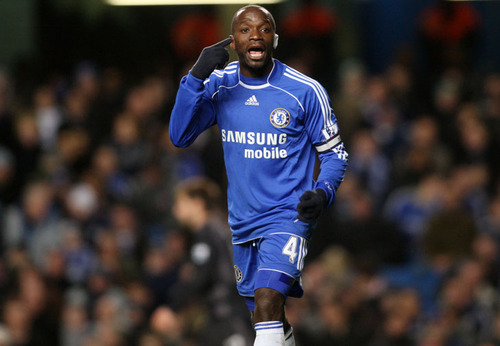
Sergio Busquets is a player who marries both the athletic and the technical and is a prime example of this role. Claude Makalele was less technical than the Barcelona midfielder but was just as adept at setting up and orienting the play. Whereas Michael Carrick is much less physical but possesses the technique and passing ability to fulfill the volante role. Out of those, Makalele would be the defensive midfielder-type volante and Carrick would be the holding midfielder-type volante due to their differences in athletic and technical abilities. The aforementioned Busquets would be more of a hybrid type, who can be stricter in his defensive duties but can also roam a little higher up the pitch when the opportunity arises.
Now we might probably ask what is the difference between a volante and a regista? The difference is in technical ability and forward impetus. The regista is more prone to moving forward while the volante’s priority is still protecting the defense. The regista is much more capable of influencing the game in the final third whilst the volante confines himself more to the center circle and takes advantage of late surging runs when space ahead of him opens up.
Thus, recognizing the type of number 6 a player can be very important to how a side sets up. Of course it is not because a player is a certain type, or best at a certain role, that he cannot step outside of his comfort zone and fulfil the job assigned well. Mikel Arteta for example, assuming the role of regista at Everton whilst Arsene Wenger deploys him as a volante today. Fernando was a defensive midfielder (destroyer) in his early years at Porto, but it was Andre Villas-Boas who pushed him to participate more in the play and moulded him more into a holding midfielder (volante).
There also exist special cases such as Andrea Pirlo and Bastian Schweinsteiger who are able to assume both types and all roles of the number 6 within a game, such is the breadth of their talent. Therefore we see that the number 6 is much more than just a shield for the defense. He can contribute much more and it takes a keen manager to recognize what type of no6 and what role he can fulfill for the benefit of the team.
This article is by Ogo Sylla, a regular contributor to AFR. Ogo is also a journalist for the Senegalese Football Federation and writes at Forza Italian Football. You can follow him on Twitter @RossonerOgo_3. Comments below please.


